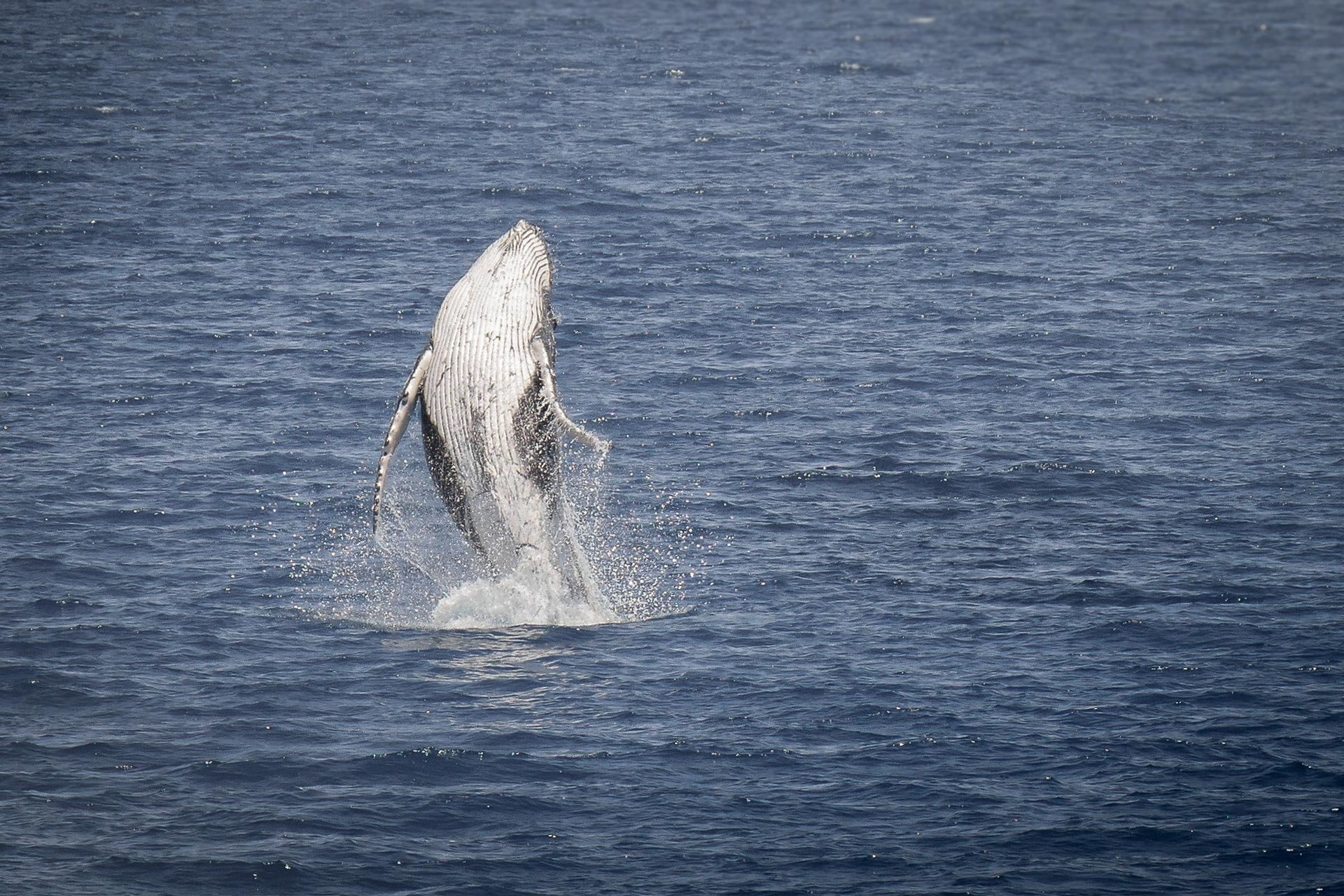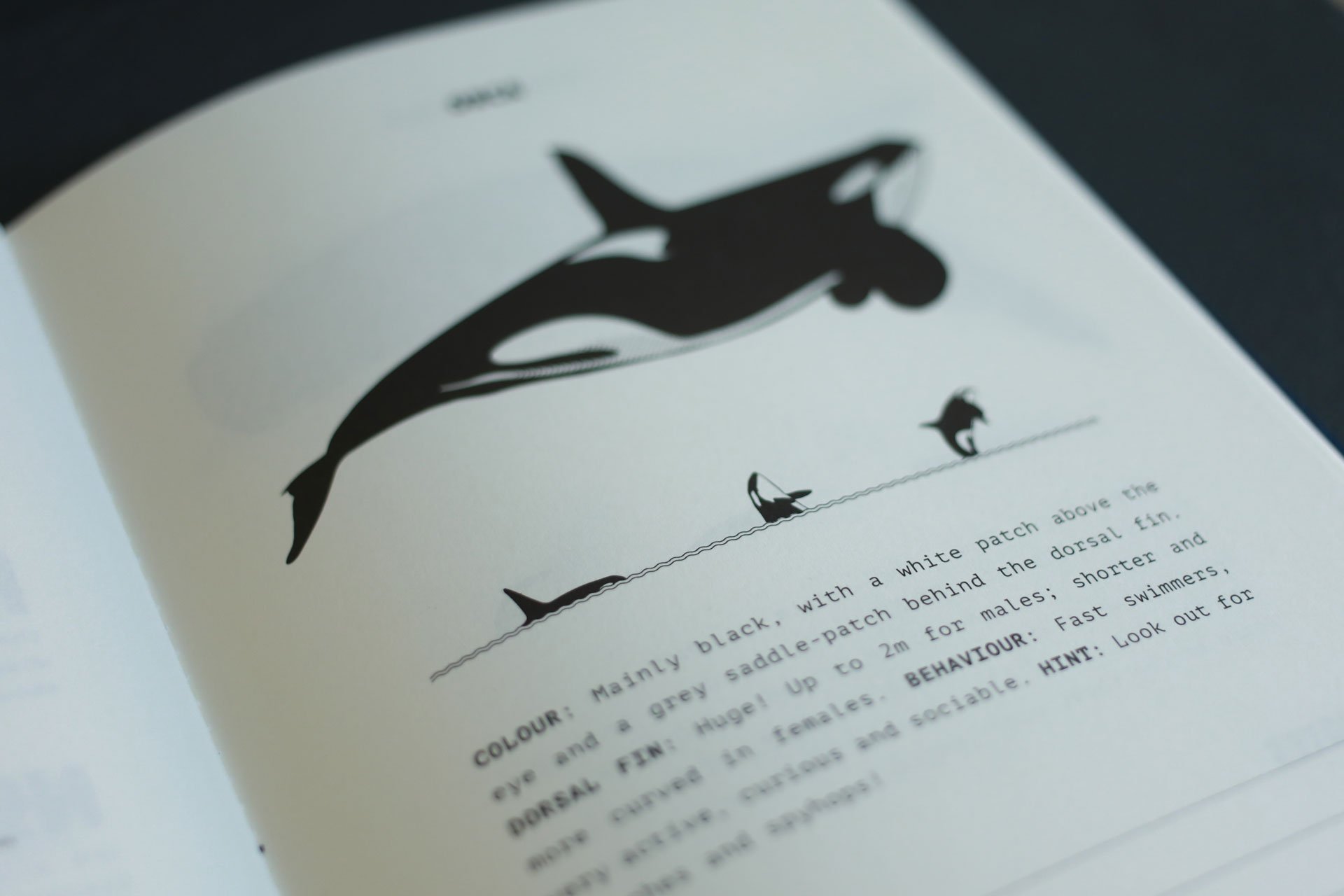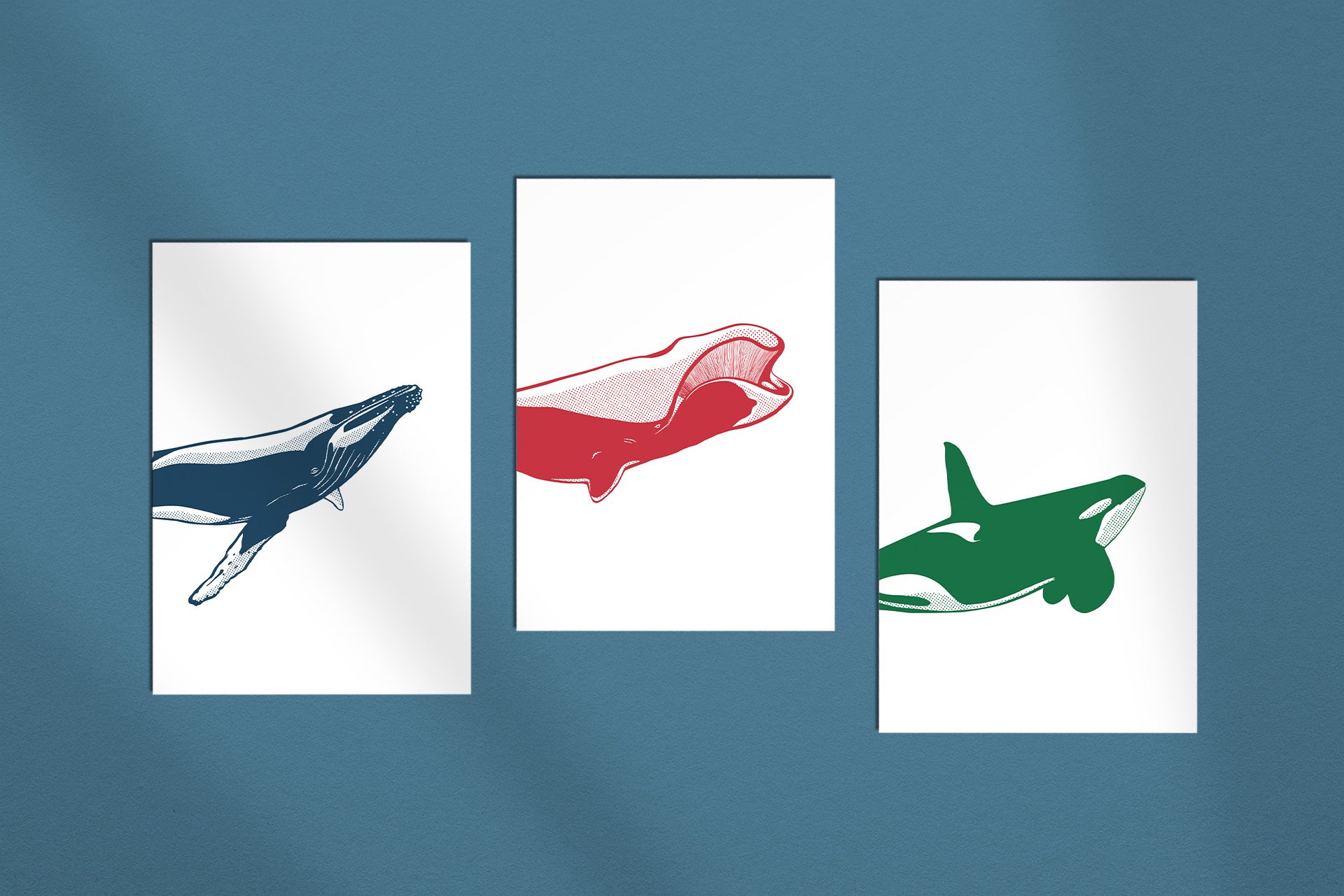Humpback Whales
The finest singers and smartest hunters. On their long migrations, they can be found all over the world.
Photo: Oliver Dirr / Whaletrips
REVIEW: Humpback Whales
Humpback whales are great acrobats, fantastic singers and highly creative hunters. As their migration routes have been well researched, they can be observed very well in many places around the world.
Alongside grey whales, humpback whales are the most popular of all whale watching whales. This is partly because their annual migration routes are well known and they therefore appear fairly reliably at certain times in certain places. But above all, it is because humpback whales are great acrobats, fantastic singers and creative hunters.
Humpback whales are curious animals and tend to be quite open to boats: They often even come close and inspect their visitors at close range. Humpback whales like to breach and heave their up to 30 tonnes into the air with astonishing ease, usually even showing their entire body, which then splashes sideways onto the water with a loud bang.
When diving, humpback whales almost always raise their fluke, which is unique in shape and colour for each animal - and this makes identification easy even for beginners with the help of photo comparisons. On a good whale-watching tour, you will get more information about the animals you see while still on board.
In addition, lifted flukes are the best photo motif of all, and with just a little practice, you will be able to recognise whether the whale is about to lift its fluke just by the bend of the hump.
“The songs of humpback whales are the longest and most complex vocalisations in the entire animal kingdom. They consist of different phrases and verses with whistling and squeaking sounds as well as deep, sonorous calls that are sung in a specific order.”
Humpback whales are also great singers, their songs are available on record and are the longest and most complex vocalisations in the entire animal kingdom. They consist of different phrases and verses with whistling and squeaking sounds as well as deep, sonorous calls that are sung in a specific order, which can last up to 30 minutes.
These songs are sung over and over again, sometimes for days, and are repeated year after year - often with slightly different details that are then adopted by the whole group. Only the males sing, especially in winter during the breeding season in tropical waters - and while singing they always remain upside down in the water.
As with blue whales, the deep calls of humpback whales can spread over great distances - it is likely that two animals can communicate with each other over several hundred and even thousands of kilometres.
The flippers of a humpback whale can grow up to five metres long and thus reach a good third of its body length.
The feeding behaviour of humpback whales is also unique: during bubblenet feeding, one or more whales initially swim in a spiral around a school of fish or krill and enclose it in a dense wall of air bubbles. Other whales then shoot upwards through the shoal with their mouths wide open, devouring several hundred fish or many thousand of krill at once.
During bubblenet feeding, a large circle of air bubbles can first be seen on the surface, shortly after which the first panicked fish are often pushed to the surface. If you are out on the water in a kayak, this is when you should get away very, very quickly.
Although humpback whales are usually aware of their size and are very careful when handling boats and kayaks, they only have one thing on their mind when they are feeding. It's better not to be in the way of a 30-tonner with a mouth the size of a garage.
Photo: Oliver Dirr / Whaletrips
Size
11 to 16 metres, maximum 19 metres. Females are slightly larger than males. Weight approx. 25 to 30 tonnes.
Colour
Dark grey to black, often with white patches on the belly. Pectoral fins and fluke are light or white on the underside.
FORM
Massive body, many bumps on the head. Flippers can grow up to 5 metres long - a good third of their body length.
Blow
Medium-high and bushy blow, approx. 3 to 4 metres. Clearly audible.
FIN
Located far back and very inconspicuous, sometimes not even recognisable as such. Sits on a clear hump.
FLUKE
Broad, slightly curved fluke with frayed rear edge and notch in the centre. White speckled on the underside.
Behaviour
Often curious, they like to inspect boats up close. Very active on the surface.
Diving
Mostly medium-length dives of 3 to 9 minutes, maximum 20 to 30 minutes.
Numbers
Humpback whales are found in all the world's oceans. There are probably around 60,000 animals worldwide.
Photo: Oliver Dirr / Whaletrips
CHECKLIST: Humpbacks
When diving you can easily tell from the bend of the back whether a humpback whale is about to raise its fluke.
Humpback whales often travel together, usually in pairs or threes, sometimes in groups of up to 15 animals. When surfacing, the first thing you see are the two blowholes. The blow itself is bushy and medium-high, and is very easy to recognise, especially in cold weather.
As soon as the fin is visible on the surface, the back forms an easily recognisable triangle with the waterline. No other whale has such a pronounced bend in its back. As soon as the fin re-enters the water, the hump becomes even more pronounced.
The strength of this bend makes it easy to recognise whether the whale is simply gliding down or lifting its fluke before diving down. The more vertically and deeply a whale is about to dive, the higher it raises its fluke.
“Humpback whales like to breach and often show their flukes. Characteristic: the clearly visible hump before diving.”
At the surface, humpback whales can be easily recognised by their heads, which are full of barnacles and tubercles. However, the head remains quite flat in the water when surfacing and spyhops are rather rare.
On the other hand, humpback whales frequently raise their extremely long flippers out of the water, which make up a good third of their body length. They can also often be seen slapping the water with their flukes or flippers.
When diving, you should pay particular attention to the fluke: The shape and colouring of each animal is different, similar to a human fingerprint. Each humpback whale can be clearly identified by its fluke.
In order to recognise individual animals with the help of photo identification, the fluke should be photographed as straight as possible from behind and completely in the air - this is the best way to compare the shape and colour with the existing photos in the catalogue afterwards.
Photo: Oliver Dirr / Whaletrips
Where and when: Humpbacks
Humpback whales can be found in all oceans. They constantly migrate back and forth between their tropical mating grounds and polar feeding grounds.
Humpback whales are present in all oceans and migrate close to the coast according to the seasons: In summer, they stay in higher latitudes in search of food, in winter they travel to tropical waters to breed. Their migration routes are fairly well researched, but can be subject to seasonal fluctuations.
Favourite summer habitats in the Atlantic include New England and the Gulf of Maine, as well as Canada's St. Lawrence River, Newfoundland, Labrador, Greenland, Iceland and Norway. In the Pacific, mainly western British Columbia and Alaska. In addition to the Arctic, also the Antarctic regions.
In winter, great opportunities are the Caribbean, Hawaii and the Pacific islands, especially Tonga. This is also where the many fantastic Instagram pictures of people diving with humpback whales come from. However, this should be left to scientists and National Geographic contributors rather than tourists visiting these animals underwater.
The ideal companion for your next whale trip: In our shop you will find our TRAVEL NOTES in five great colours – with the most important whale information for your trip and plenty of space for your own notes, observations and memories. Order now!
There are also very good opportunities off the coasts of eastern and western Australia during winter. The whale migration along the coast of New South Wales is one of the largest marine migrations in the world:
From Brisbane to Sydney, thousands of humpback whales travel along the coast between May and November – first northwards and then southwards again, so the whale-watching season ends earlier in the north than in the south, where it doesn't start until September.
In Europe, the Norwegian and Icelandic fjords are a particularly good place to observe humpback whales – with a bit of luck even during bubblenet-feeding. In Norway, they can be seen hunting for herring in the far north, especially in winter. In Iceland, they are mainly seen in summer, but have also been seen in winter for some time now.
〰️
Even more whales
〰️ Even more whales
Whaletrips Shop
The ideal Companion for your whale trip
All the whale facts you need while on the road – with plenty of space for own thoughts and observations!
Whaletrips Shop
Our Whales as Cards and Stickers
Colourful, finely illustrated, ready to stick on: Our whales are now available as stickers and greeting cards!
Whaletrips Shop
Beautiful whale Notebooks
Whether for travelling or at home: our high-quality whale notebooks come in five beautiful colours!
Whaletrips Shop
Our favourite photos for your home
Brightens any wall: a selection of our favourite motifs is available as elegant fine art print for your home.











